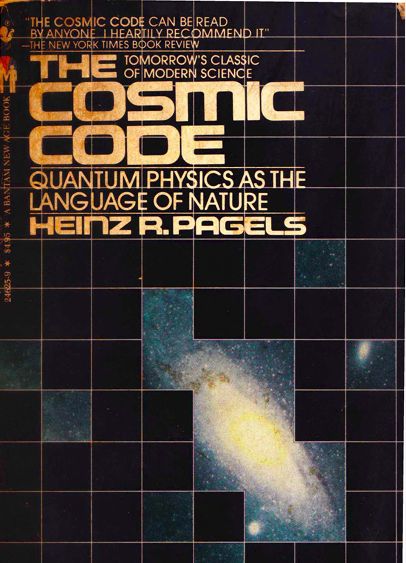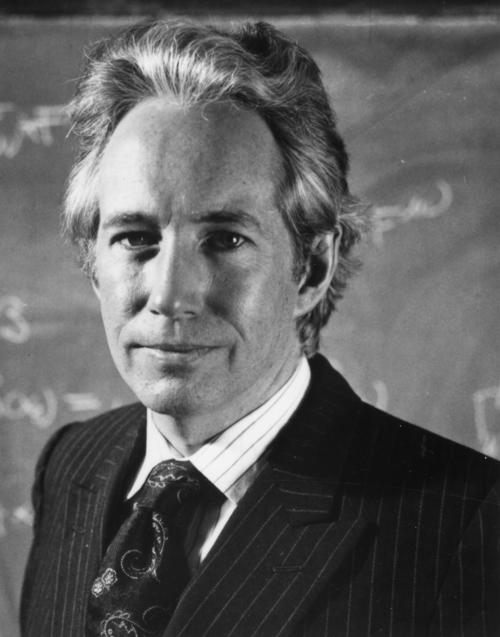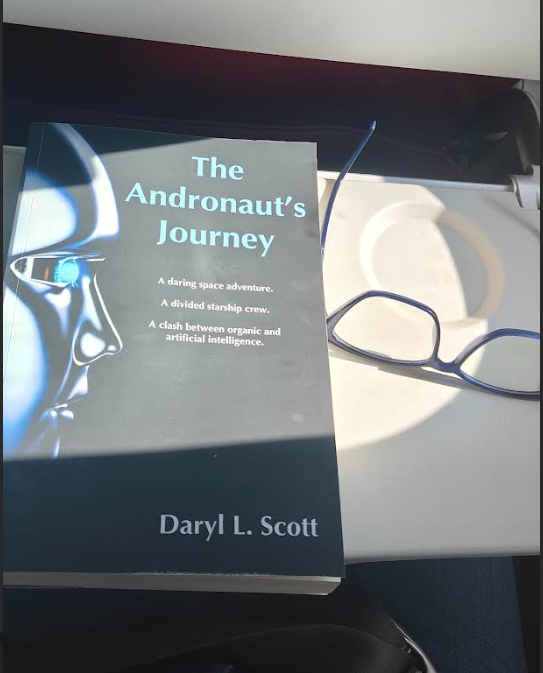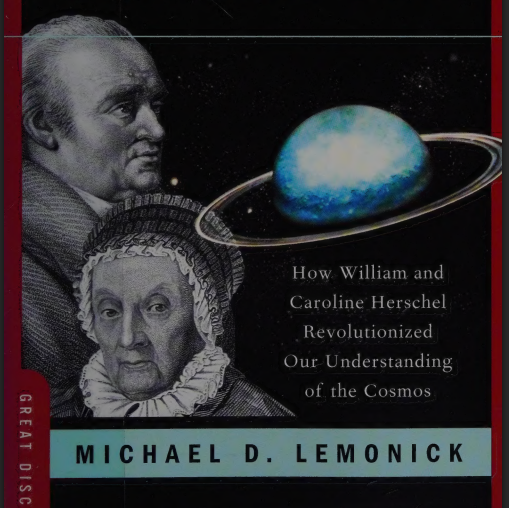
The Cosmic Code: Quantum Physics as the Language of Nature by Heinz R. Pagels talks about the discoveries that have happened in physics in terms of the structure of matter, the universe’s origins and the nature of quantum reality. It was first published in 1982. The book highlights the importance of scientific discoveries for our understanding of the universe and our place within it. All the complex ideas are clearly explained combined with author’s personal reflections. And at the culmination, the author has beautifully presented a case of science running in parallel with religion. The book is structured in three parts, and each segment is exploring a different aspect of modern physics.
Part 1: The Road to Quantum Reality
This section covers the development of quantum physics, starting with the limitations of classical physics and moving into the quantum realm. According to Newtonian physics, the world or the universe as we see is operated as a continuum where physical quantities like energy, momentum and spin could take on any value. This idea was disrupted by quantum theory.
In 1900, Planck conceptualised the idea that energy is quantized, which means it exists in discrete packets or “quanta”, rather than being continuous. This idea was backed up by Bohr and Werner Heisenberg. Eventually, they developed the Copenhagen interpretation of quantum mechanics, this gave rise to the revolutionary – the uncertainty principle along with the principle of complementarity.
As per the uncertainty principle, it is impossible to precisely measure both the position and the velocity of a quantum particle simultaneously. This further gave rise to unknowable and unpredictable nature of physical elements. To illustrate the counterintuitive nature of quantum mechanics, the books present the two-hole experiment and Schrödinger’s cat thought experiment.
The author then touched important developments, like many-worlds interpretation, quantum logic and the ideas of local and objective reality. He also talks about the thought experiments like the EPR experiment and Bell’s experiment.
Part 2: The Voyage into Matter
This section starts with an interesting discussion around high-energy particle accelerators, which the author refers to as “matter microscopes”. These accelerators – where particles are collided with each other at the highest speed – are critical in our understanding of subatomic world. The author explained that to observe subatomic particles, shorter wavelength is needed, so to achieve that stage, these particles are accelerated at super high speeds.
The book then talks about levels of matter, that is, discovery of molecules, atoms, nuclei (made up of protons and neutrons) hadrons (they have very strong nuclear force & made up of protons, neutrons and pions) and quarks (basic building block, which are always confined within hadrons, they are never observed in isolation).
Leptons are another class of fundamental particles which consist electrons and neutrinos. Then we have the gluons, they are responsible for the interactions between quarks and leptons.
Further, the book takes a closer look at quantum field theory, where we see particles as exciting little ripples in the fabric of quantum fields. From here the author surfaced an idea that is, mass and energy can be converted into one another, which mean, fields and particles really go hand in hand. This refers to the famous relationship E = mc^2, derived from Einstein’s theory of relativity.
The concept can be distilled to the idea that fields are the foundation and particles are just an observable manifestation of these field’s excitations.
Then the book talks about the nature of vacuum, conventionally, it was considered an empty space but it is in fact the most “dynamic state”. It is saturated by virtual particles, which appear and disappear on its own.
In the end, the section concludes by linking the world of super tiny particles with the bigger picture of our universe’s beginnings as the author talks about the Big Bang theory and the early universe, which can be imagined as a vibrant “fireball of quarks and other quanta”.
Part 3: The Cosmic Code
Here the author talks about how laws in physics are made, the laws are not specific to any object or event but a law is same everywhere in the universe. Like the shape of a ball will remain same everywhere, it will not undergo a different shape when taken to another place.
Laws of physics are expressed in the language of mathematics as equations show how different measurable quantities are connected. Plus, mathematics is the product of human logic and reasoning.
The author concludes the book by saying that the universe is a message written in code, which he calls as the “cosmic code” and it is a task of a scientist to decipher the code. Researchers or the scientists postulate the laws of physics, which are then tested rigorously through experiments and observations. For instance, the law of gravity was confirmed by centuries of astronomical and terrestrial observations. This code, suggests the author, is not only the explanation behind the workings of the universe but it is also a program that leads to historical change. For instance, discovering in physics has been instrumental in refining new technologies, which then reshape our societies, economies and eventually politics.
He then draws parallel between two forms of revelation or sources of understanding, that is, scripture and nature. Some people find it profound and transformative experience when engaging with sacred texts, while others mostly scientists may view nature as a way to understand the universe and its laws. Although, he says, there may be limits to our knowledge, which we have not discovered yet. Therefore, science must be there may be limits to our knowledge that could be because of inherent limitations to our ability to grasp the ultimate nature of reality. Therefore, scientific knowledge must be balanced with ethical and moral considerations. In order for humanity to thrive there has to be a balanced approach to life.

Takeaway
The book has presented an interesting case that the world that we see or experience is neither matter nor spirit but an invisible organisation of energy. Thinking on these lines of thought, I’d like to mention a quote from the book,
Lately I dreamed I was clutching at the face of a rock but it would not hold. Gravel gave way. I grasped for a shrub, but it pulled loose, and in cold terror I fell into the abyss… what I embody, the principle of life, cannot be destroyed … It is written into the cosmic code, the order of the universe. As I continued to fall in the dark void, embraced by the vault of the heavens, I sang to the beauty of the stars and made my peace with the darkness.
His idea that understanding science is not only an intellectual pursuit but also crucial for comprehending our civilization deeply resonated with me. Plus, this book has no excessive mathematical formalism; rather, it is rich with analogies and metaphors, which makes it super interesting to read and understand, even for a non-technical audience. It surely belongs to the category of timeless science classics, a must-read for science lovers. Huge thanks to Open Library for providing access to the book!



